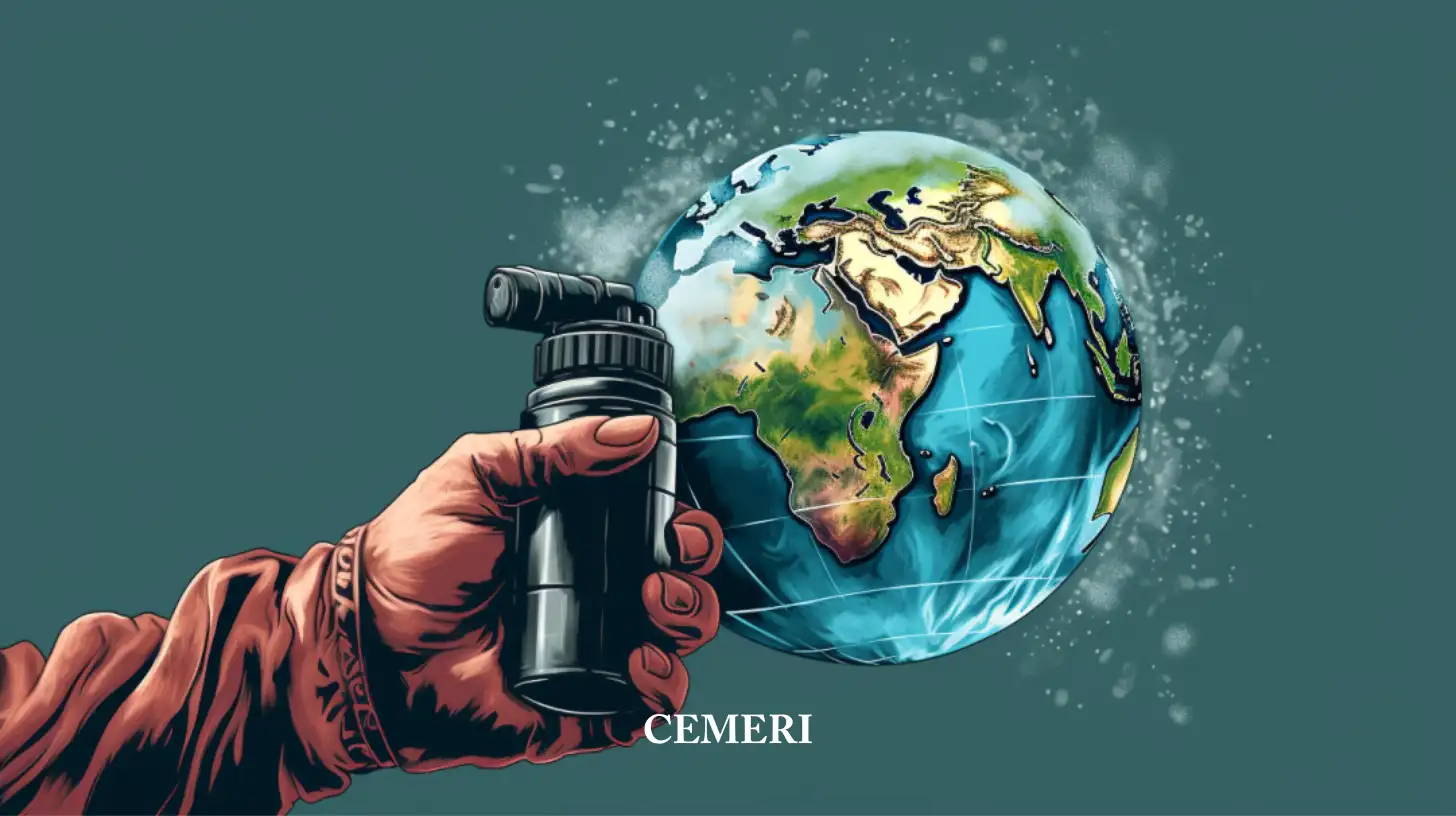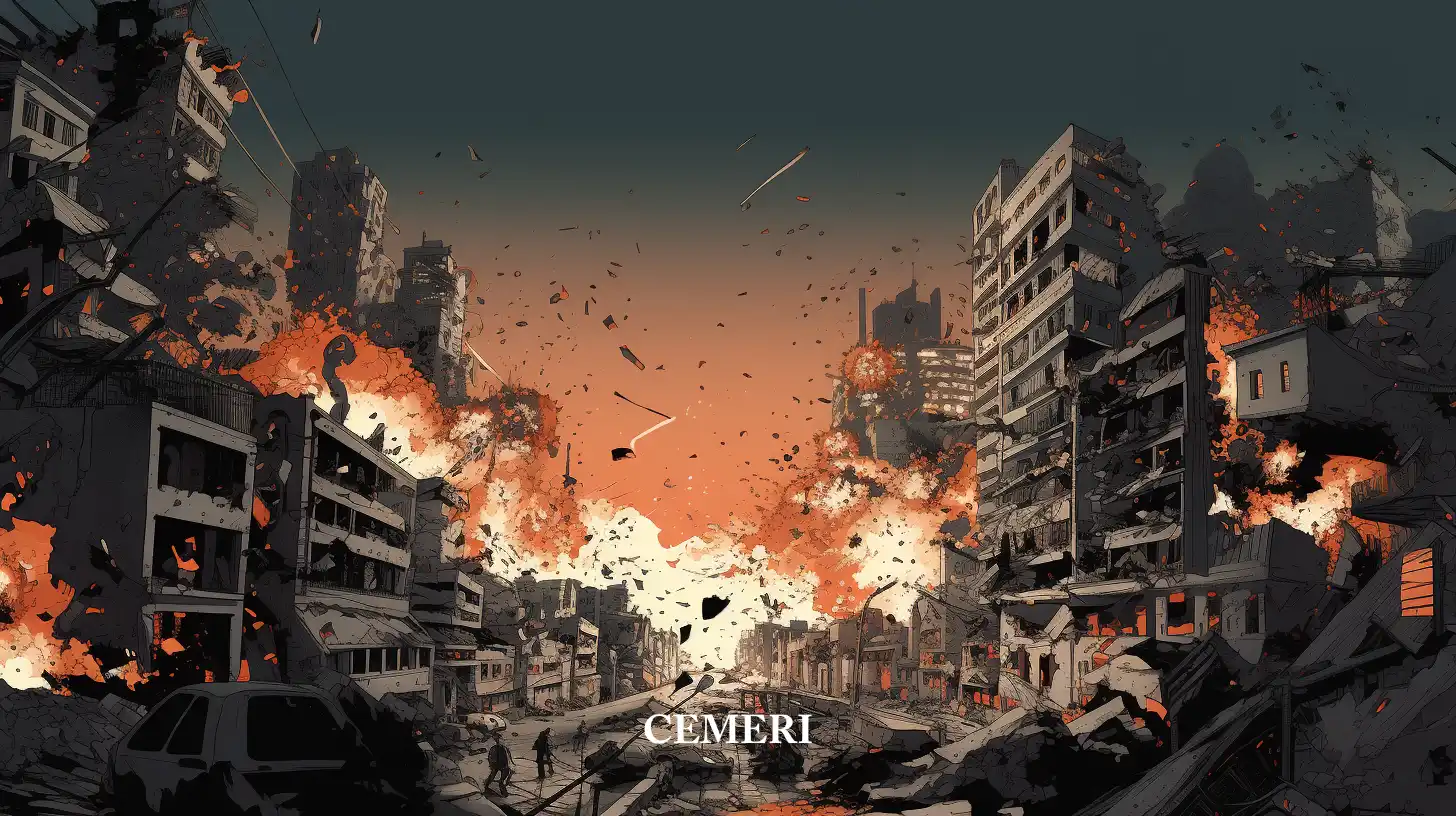Encyclopedia
Marco Antonio Olivera Eslava
What is the Montreal Protocol?
- The Montreal Protocol is an international agreement designed to carry out efforts directed at the protection of the ozone layer.

The Montreal Protocol on Substances that Deplete the Ozone Layer (the Montreal Protocol) is an international agreement made on September 16, 1987 and entered into force on January 1, 1989. It was designed to stop the production and import of ozone-depleting substances (ODS) and reduce their concentration in the atmosphere to help protect the planet's ozone layer.
How is the ozone layer depleted?
The ozone layer is one of the different layers that make up the atmosphere and is located about 15 to 50 km from the earth's surface. This protects all of humanity and living beings from ultraviolet radiation, since exposure to high levels of radiation emitted by the sun can cause diseases such as skin cancer, harm animals and plants.
There are some gases called chlorofluorocarbons (CFCs) that decompose upon reaching the stratosphere, releasing chlorine atoms that destroy ozone. These gases are used in different industries and are found in air conditioning, cosmetics, insecticides, aerosols, etc.
It should be remembered that there is a mutual interaction between the phenomena of the destruction or thinning of the ozone layer and climate change, since the solar radiation that penetrates through a damaged ozone layer interacts with the changing climate, causing damage to natural ecosystems.
How did the Montreal Protocol come about?
The Montreal Protocol is under the Vienna Convention for the Protection of the Ozone Layer (the Vienna Convention). The Vienna Convention was adopted in 1985 following international discussion of scientific discoveries in the 1970s and 1980s highlighting the adverse effect of human activity on ozone levels in the stratosphere and the discovery of the "ozone hole." . Its objectives are to promote cooperation on the adverse effects of human activities on the ozone layer.
In fact, the team made up of the Mexican researcher Mario Molina, the American Frank Sherwood Rowland and the Dutch Paul Crutzen, won the Nobel Prize in Chemistry in 1995 ''for his research on atmospheric chemistry and the prediction of ozone layer depletion as a consequence of the emission of certain industrial gases, chlorofluorocarbons (CFCs), published in an article in the journal Nature in June 1974''.
Extent of the hole in the ozone layer over the years.
Photo: European Environment Agency.
How does the Montreal Protocol work?
The Montreal Protocol is widely considered the most successful environmental protection agreement. It established a mandatory timetable for the phase-out of ozone-depleting substances. This schedule has been regularly reviewed, with expedited phase-out dates in line with scientific understanding and technological advances.
Also sets binding phase-out obligations for developed and developing countries of all major ozone-depleting substances, including chlorofluorocarbons (CFCs), halons, and less harmful transition chemicals, such as hydrochlorofluorocarbons (HCFCs). The Protocol aims to eliminate 96 ozone-depleting chemicals in thousands of applications in more than 240 industrial sectors.
Main ozone-depleting substances
- Chlorofluorocarbons (CFCs)
- Halons (compounds formed by Bromine, Fluorine and Carbon)
- CCl4 (carbon tetrachloride)
- CH3CCl3 (Methyl chloroform)
- Hydrochlorofluorocarbons (HCFCs)
- Hydrobromofluorocarbons (HBFCs)
- Methyl bromide (CH3Br)
- Bromochloromethane (CH2BrCl)
- Hydrofluorocarbons (HFCs)
The Montreal Protocol has been further strengthened through six amendments, which brought forward phase-out schedules and added new substances to the list of substances controlled by the same Protocol. The amendments are:
- London 1990
- Copenhagen 1992
- Vienna 1995
- Montreal 1997
- Beijing 1999 -Kigali 2016
In addition to helping to protect, restore, and prevent depletion of the ozone layer, the gradual elimination of these ozone-depleting substances has been achieved, which, as already mentioned, are also gases with high global warming potential. . This phased eradication has benefited the global climate by reducing the amount of greenhouse gases entering the atmosphere and thus contributing to efforts to combat [climate change](https://cemeri.org/art/cumbre-climatica- 2021-challenges-and-commitments/).
UNEP Headquarters in Nairobi, Kenya. | The Vienna Convention empowered the United Nations Environment Program (UNEP) to develop a protocol that included control measures for the recovery of the ozone layer. The protocol that emerged from this assignment was the Montreal Protocol.
Photo: UNEP
Universal ratification of the Montreal Protocol
Damage to Earth's protective ozone layer has sparked unprecedented global concern and action. Since it was internationally agreed in 1987 to phase out ozone-depleting substances, 197 countries have ratified the Montreal Protocol. In January 2012, South Sudan ratified the Protocol, making it the first international environmental treaty to achieve full ratification, a truly remarkable effort that reflects the agreement's universal acceptance and success.
The Montreal Protocol is the first environmental treaty to achieve universal ratification, a reflection of global concern about damage to the ozone layer.
Photo: Photo Boards
Montreal Protocol: support for developing countries
The Multilateral Fund for the Implementation of the Montreal Protocol (the Multilateral Fund) was the first financial mechanism created under an international treaty. It was created under the Montreal Protocol in 1990 to provide financial assistance to developing countries to help them phase out the use of ozone-depleting substances. The Multilateral Fund has provided more than US$3.7 billion in financial assistance to developing countries to phase out the production and consumption of such substances.
The Multilateral Fund is managed by an Executive Committee with equal representation from seven industrialized and seven developing countries which are elected annually at a Meeting of the Parties. The Executive Committee reports annually to the Meeting of the Parties on its operations.
Donors replenish the Multilateral Fund every three years and these are generally developed countries. Grants totaled more than $3.7 billion during the period from 1991 to 2017 and have financed more than 6,000 projects and activities in 145 developing countries. The funds are used, for example, to finance the conversion of existing manufacturing or manufacturing processes, staff training, payment of royalties and patent rights on new technologies, and establishing national ozone offices.
Montreal Protocol Annual Meetings
Finally, the Annual Meetings of the Parties to the Montreal Protocol allow countries to review and update scientific information and make decisions to improve compliance with the Protocol.
The twenty-fifth Meeting of the Parties to the Montreal Protocol (MOP25) held in Bangkok, Thailand, in 2013.
Photo: Earth Negotiations Bulletin (ENB)
Chronology
- 1985: Vienna Convention for the Protection of the Ozone Layer agreed
- 1987: Montreal Protocol on Substances that Deplete the Ozone Layer agreed
- 1990: Creation of the Multilateral Fund
- 1990: London Amendment
- 1991: phase-out of CFCs (chlorofluorocarbons) begins
- 1992: Copenhagen Amendment
- 1995: Vienna Amendment
- 1996: Phase out of HCFCs (hydrochlorofluorocarbons) begins
- 1997: Montreal Amendment
- 1999: Beijing Amendment
- 2016: Kigali Amendment
- 2019: phase-down of HFCs (hydrofluorocarbons) begins
- 2030: the complete phase-out of HCFCs is expected in developed countries
- 2040: the complete phase-out of HCFCs in developing countries is expected
Sources
SIN FUENTES

